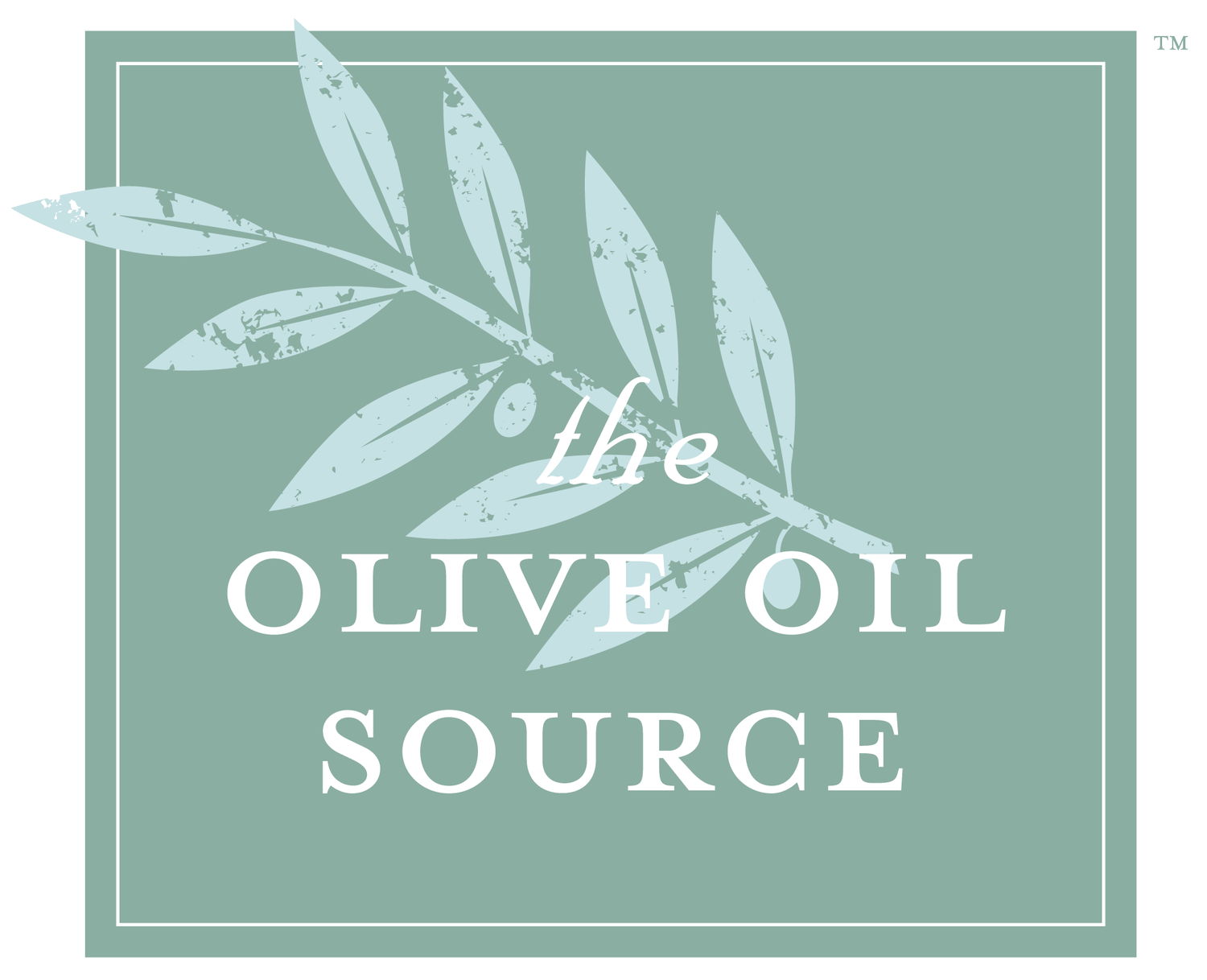2023 – 2024 Milling Outlook for the Southern Half of California
When I set out to write this blog, I intended to talk to all the mills I knew of in the southern half of the state to find out who was going to be doing public milling. I had hoped to provide our readers with a comprehensive and easy guide to help them arrange milling in what is going to be a very difficult year for growers without mills. Unfortunately, after spending a lot of time calling, re-calling, and re -re-calling mills and getting limited or no response, I decided that the best thing was just to give an overview of the situation.
Several factors are going to dovetail to make this the most difficult year for milling we have seen. I cannot speak for the northern half of the state, but the southern half of the state is looking at the largest crop in at least 20 years. Milling capacity is limited for several reasons and if that was not trouble enough, the crop is late due to the long winter weather we experienced.
This year’s crop is going to be extremely large. Although this is just based on anecdotal evidence, it appears to me as though almost everyone has a lot of fruit and the further inland one goes, the more this is the case. I would estimate that there will be close to 50% more fruit than the large crop we saw four years ago. That year we were unable to process all the public milling we got requests for. There was an acute lack of public milling capacity then and my best guess is that there is even less now.
In the central coast region, I know of 10 mills. One of them, Kiler Ridge, is definitely milling publicly; another one sounds like they may be doing public milling; the rest are either quietly doing public milling or for at least half of them, not doing public milling or any milling at all. Further south, The Olive Plantation in Temecula was nice enough to respond and will be doing small amounts of public milling but will hardly make a dent in the overall problem. There has been significant turnover in mill ownership during the last two years which has added to uncertainty, lack of reliability, responsiveness, and experience, and overall reduced public milling capacity.
Timing is going to add to growers’ milling woes. For the last 15 years there has been a fairly linear advance in when the crop starts to come in. In the middle aughts, we rarely began milling before the first of November. Each year since then milling has begun about 2 days earlier on average. This year, however, due to the very long wet winter and spring, we are looking at the latest harvest we have ever seen. Currently there is not a trace of color on any Spanish variety of fruit and most Italian varieties are just starting to get some color (as of 10/20/23).
This lack of ripening presents two challenges for growers. First, the window for picking and milling is going to be narrow assuming we get hard freezes like we usually do, thus making milling capacity even tighter. Coastal growers will be at a distinct advantage this year as they face a lower freeze threat. Second, yield is going to be a significant problem. Whenever there is a large crop, the oil yield (the weight of the oil as a percentage of the weight of the fruit) plunges. One way to help offset that loss is to allow the fruit to ripen more but with the narrow harvest window due to potential freezing, this becomes a more and more risky proposition. There is a silver lining, however, and that is the weather prediction is for a ferocious El Nino year which means more mild temperatures in the region discussed here. El Nino also usually comes with more rain making harvest difficult, so that silver lining may be a bit tarnished.
Good luck growers. Be sure to plan ahead, be nice to your miller, and remember you can find everything you need from harvesters and harvest netting to bottles and fusti at The Olive Oil Source.

